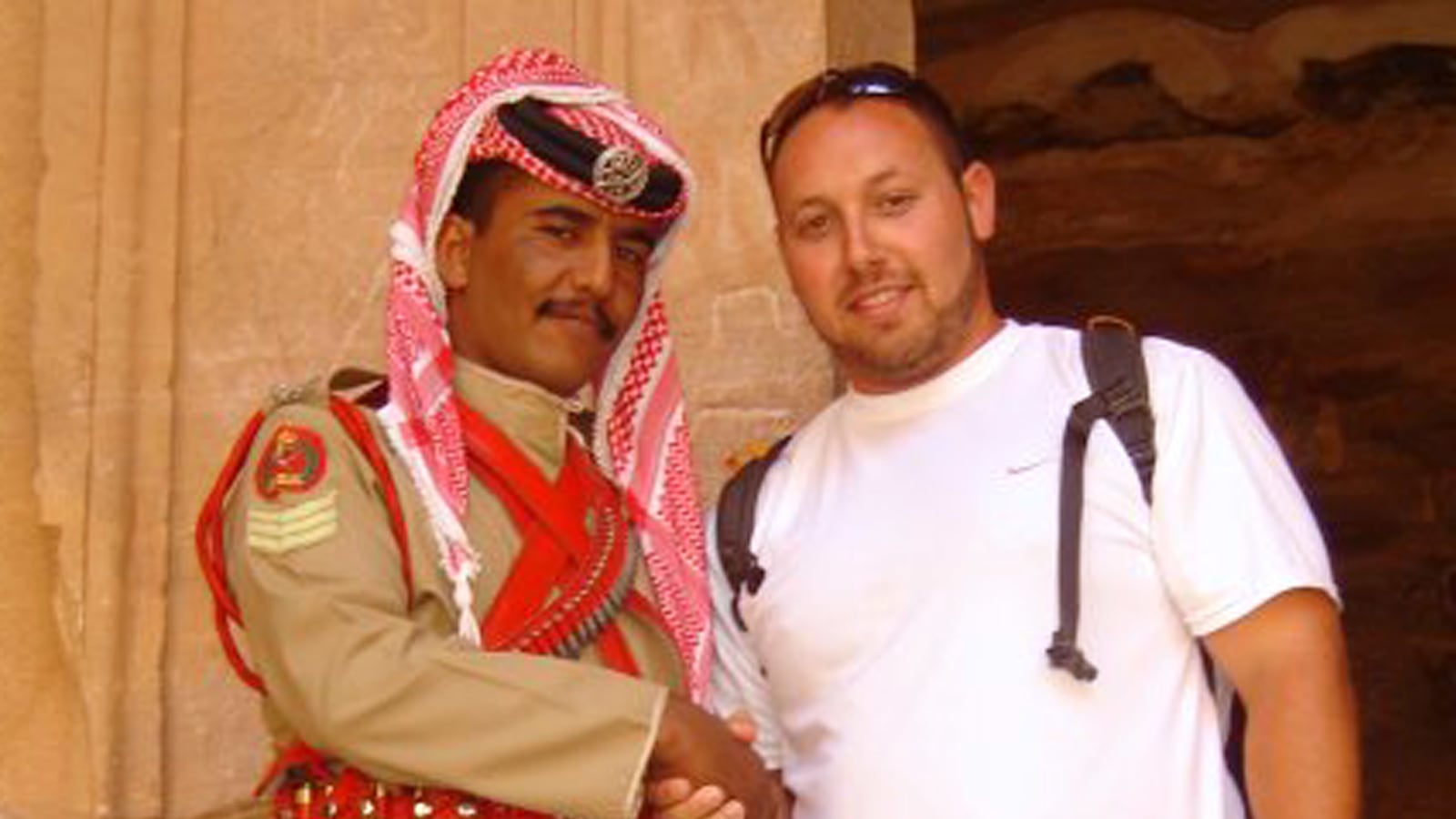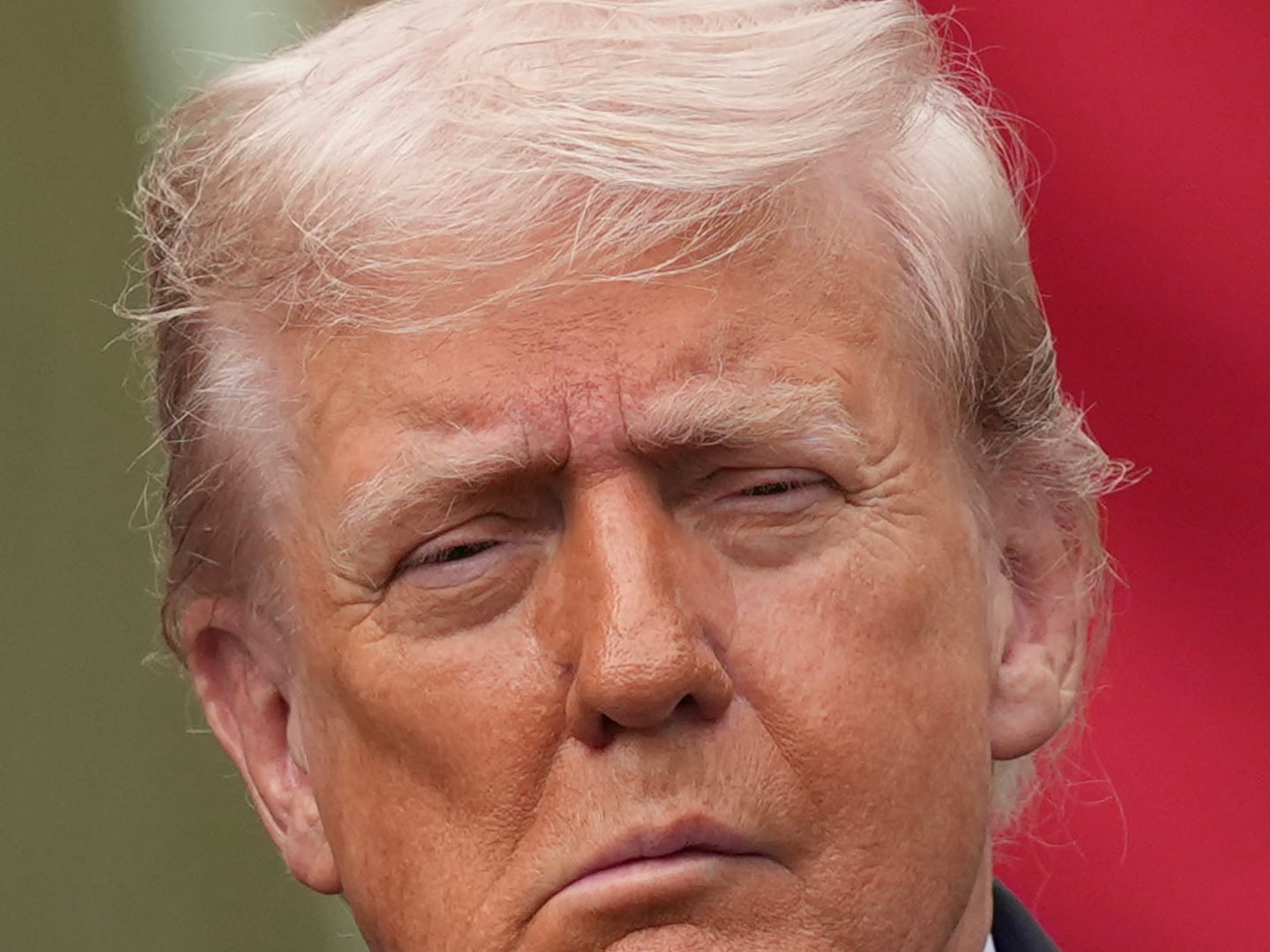“A second message to America” is how the jihadists of the self-styled Islamic State titled their video of the beheading of Steven Sotloff—the second American reporter to be pitilessly murdered for simply doing his job, and doing it well and with compassion. As with the barbaric slaughter of James Foley two weeks ago, a masked jihadist, apparently British, wields the knife and before doing so, says, “Obama, I am back,” suggesting the killer may well be the same man.
The two-minute video underlines not only the barbarity of the ISIS jihadists but their skillful manipulation of the media—thanks in part to self-censorship meant to protect hostages and blunt ISIS’s message.
While Washington and London might want to rescue the remaining hostages or roll back the Islamic State, they should start by fighting the information war with ISIS. The most immediate way is to stop suppressing information about the hostages and to ask the families and employers of hostages to lift their media blackout requests.
Openness would take away some of the control the jihadists have to administer shock as they go on killing. The U.S. and U.K. with their blackouts are handing ISIS the propaganda initiative, leaving it to the jihadists to decide when captives should be named, allowing them to add to the drama of the unveiling when they first threaten hostages with execution on camera and then carrying out the brutal deed. At least this power of naming could be taken from the jihadists, who already are in the position to taunt their foes and turn their slaughtering of Westerners into a global spectacle.
European governments, who have recently paid multimillion-dollar ransoms for the release of some hostages held by ISIS and are negotiating for the release of others, would oppose the move. European officials tell me a lifting of media blackouts could imperil ongoing financial negotiations. America and Britain won’t pay up, however.
In the Sotloff video, the masked figure dressed all in black except for desert combat boots issues a threat against British hostage David Haines, warning governments to back off “this evil alliance of America against the Islamic State.” Sotloff had been threatened with death at the end of the Foley video, too.
The identical nature of much of the Sotloff and Foley videos, thought to have been filmed in the eastern Syrian province of Raqqa, is prompting some U.S. and U.K. officials to argue that Sotloff may have been murdered at the same time as Foley was two weeks ago. They say that Haines may already be dead, too.
Despite this, British and American officials are asking the media to be highly limited in their reporting of ISIS hostages. It isn’t clear why, or who is best served by the restrictions. Some frustrated family members, who feel neither the U.S. or U.K. governments are doing enough, argue the blackouts take public pressure off the officials.
Few responsible Western media outlets question the request from the U.S. and U.K. not to broadcast the images of slaughter, but the British Foreign Office also requested that the media refrain from identifying the British hostage in the Sotloff video, even though his name had been spread across the globe on social media and in the press by the time the Foreign Office issued the request.
Furthermore, British officials are asking media organizations “not to report that any other British citizens are being held in Syria. This is because we assess that coverage will increase the threat to their lives.” How so? Does ISIS not know the number of Britons they hold?
Media blackouts have been the subject for months of an acrimonious debate within the press corps covering the Mideast. Blackouts on the abduction of reporters were routinely called for during the Iraq war. Security consultants said blackouts would help to keep captors’ ransom demands low. The argument also went that the lack of publicity would dissuade would-be hostage-takers from bothering to grab reporters.
The security consultants were wrong: Blackouts have not stopped the kidnappings, and ransom demands have climbed.
Robert Young Pelton, author of The World’s Most Dangerous Places, believes when it comes to Americans held captive, news blackouts are more about the nervousness of corporate employers and their insurers who are often key in persuading families of those seized to ask the media to refrain from reporting.
“No one can show blackouts help protect captives,” he says. “Media blackouts are also designed to mitigate corporate risk” and are urged by kidnap insurance professionals who come from a culture of secrecy.
Other journalists critical of the blackouts find it hard not conclude that some media organizations prefer to keep quiet for as long as they can because they are afraid to face criticism for their use of sometimes untried and inexperienced reporters, and for failing to question security arrangements enough.
Most security consultants in the field I have questioned admit blackouts are probably only useful in the immediate days after a seizure. They say they give a chance to ascertain what might have happened to a captive without having to be distracted with stories in the media compromising the chance to enter negotiations or hampering a quick rescue effort.
A news blackout was observed in 2008 when the Taliban abducted New York Times reporter David Rohde. He later escaped his kidnappers and has argued in the past that the blackout in his case was useful. But writing this summer for Thomson Reuters he maintained that at least for the families “there are no good choices.”
“In the years since I’ve returned home, it’s become clear that one unintended consequence of this blackout strategy is that U.S. officials are under little pressure to address the problem. Anguished families say they regularly visit Washington only to be ‘patted on the head’ by U.S. officials.”
There is a further drawback with the blackouts: they actually can endanger reporters’ lives by restricting information including where someone was grabbed and how and what led up to the hostage-taking that might well be useful, even crucial, detail for those reporting in hot zones. I have certainly felt that when covering northern Syria and Iraq, seeking details of hostage cases purely for my own information and only to find out later critical details had been withheld.
Says Pelton: “They are risking journalists’ lives, denying critical real-time knowledge sometimes by demanding silence.”






